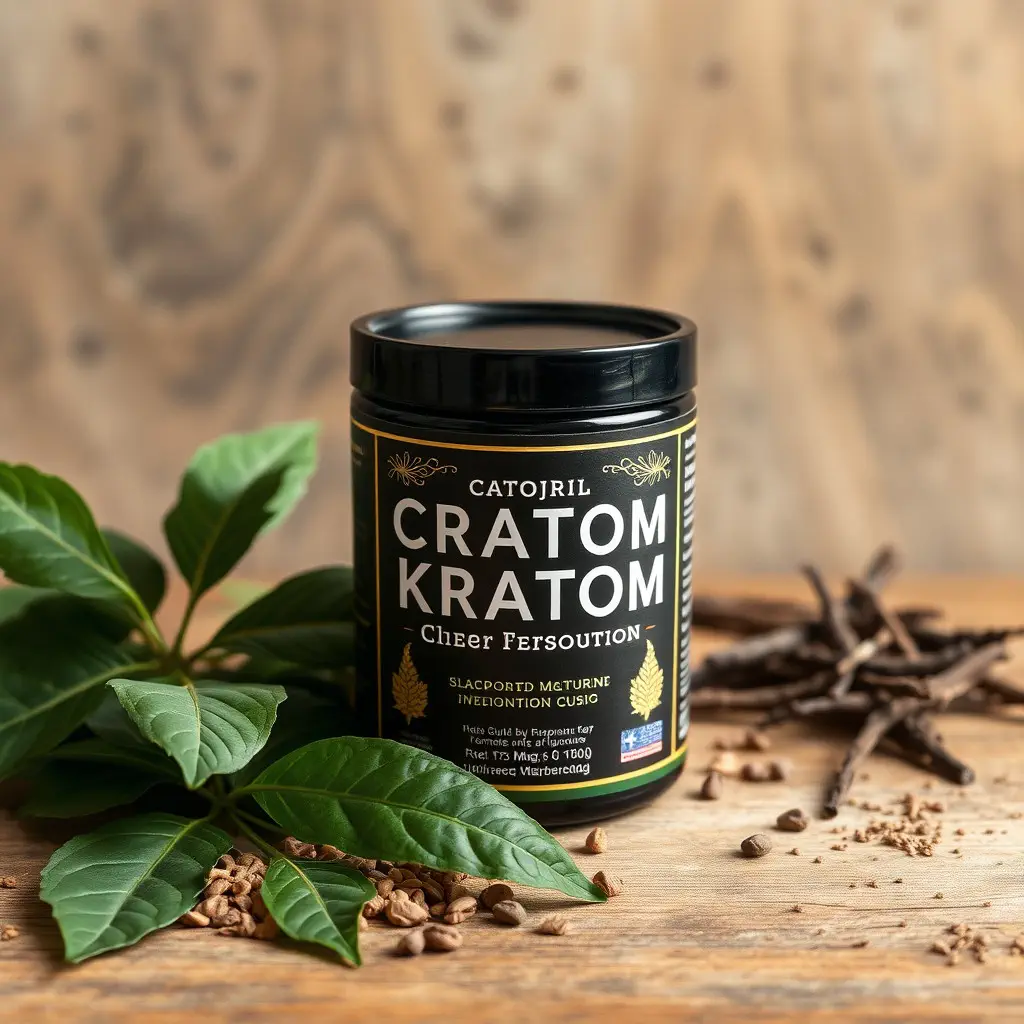Muscle soreness, commonly known as DOMS, often results from intense or unfamiliar physical activities and is characterized by pain due to microtrauma and inflammation within muscle fibers. Eccentric contractions, inadequate warm-up, high-intensity training, and improper form can precipitate this condition. Kratom, a plant native to Southeast Asia, has been explored as a natural remedy for muscle soreness relief due to its alkaloids' interaction with opioid receptors, providing potential analgesic effects. While kratom may offer a viable alternative to traditional pain relievers for managing muscle soreness, it should be used responsibly and within legal guidelines due to its potency and the variability of its effects. It is crucial for individuals to use kratom cautiously, with appropriate dosing and safety measures, to effectively manage recovery without adverse effects. A personalized workout regimen that incorporates kratom for muscle soreness relief should be tailored to individual fitness levels and exercise types, with consideration given to the strains and dosages of kratom used. This approach aims to enhance both performance during workouts and post-workout recovery by combining diverse exercises with kratom's analgesic properties for optimized muscle soreness relief.
Muscle soreness is a common challenge faced by fitness enthusiasts and athletes alike, often arising from intense physical activity or training. While acute soreness typically results from eccentric contractions or unaccustomed exercise, understanding its origins is key to effectively managing discomfort. This article delves into the potential of kratom as a natural remedy for muscle soreness relief, exploring both its mechanisms and safe usage within a tailored workout regimen. We will guide you through crafting a customized workout plan that harnesses the benefits of kratom, ensuring your recovery process is both effective and personalized to your individual needs, thereby keeping you on track with your fitness goals. Explore how incorporating kratom into your routine can alleviate soreness and promote faster muscle recovery.
- Understanding Muscle Soreness and its Causes
- Exploring Kratom's Role in Muscle Soreness Relief
- Crafting a Customized Workout Plan Incorporating Kratom for Optimal Recovery
Understanding Muscle Soreness and its Causes

Muscle soreness, often referred to as delayed onset muscle soreness (DOMS), is a common experience among individuals engaging in new or intense physical activities. This condition arises when muscles are subjected to unfamiliar or extended stress, leading to microtrauma and inflammation within the muscle fibers. The intensity of the soreness can vary from mild discomfort to severe pain, typically peaking within 24 to 72 hours following the exercise. Understanding the triggers of muscle soreness is crucial for effective relief strategies. Factors such as eccentric contractions, where muscles lengthen while contracting, are particularly potent in inducing soreness. High-intensity training, lack of adequate warm-up, and improper form or technique can also contribute to the onset of muscle soreness.
In the quest for muscle soreness relief, natural remedies have garnered attention. Kratom, a tropical evergreen tree native to Southeast Asia, has been explored for its potential role in mitigating muscle pain and promoting recovery. Its alkaloids, such as 7-hydroxymitragynine and mitragynine, are thought to interact with the body’s opioid receptors, offering analgesic effects without the side effects typically associated with pharmaceutical pain relievers. When incorporating kratom into a workout regimen for muscle soreness relief, it is essential to use it judiciously and in accordance with expert guidelines, as its use can be subject to legal restrictions and may have interactions with other substances or medications. Proper dosing and adherence to safety precautions are paramount when exploring kratom as a natural alternative for managing muscle soreness.
Exploring Kratom's Role in Muscle Soreness Relief

Muscle soreness, a common affliction among individuals engaging in physical activity, can significantly impede recovery and performance. Kratom, a tropical evergreen tree native to Southeast Asia, has garnered attention for its potential role in alleviating muscle soreness. The active compounds found in kratom, namely mitragynine and 7-hydroxymitragynine, are thought to interact with the body’s opioid receptors, providing pain relief and analgesic effects that may contribute to muscle soreness relief. Studies suggest that these compounds can modulate pain perception, which is beneficial for those experiencing delayed onset muscle soreness (DOMS) post-exercise. Users often report a reduction in discomfort, attributed to kratom’s anti-inflammatory and analgesic properties. However, it is crucial to approach the use of kratom with caution, as its effects can be potent and vary among individuals. Additionally, the legal status of kratom varies by region, and it should only be used under the guidance of a healthcare professional, especially when considering it as part of a holistic approach for muscle soreness relief. Users seeking to incorporate kratom into their post-workout recovery routine should carefully evaluate its potential benefits against its risks, adhering to recommended dosages and monitoring their response to ensure safe and effective use.
Crafting a Customized Workout Plan Incorporating Kratom for Optimal Recovery

Crafting a personalized workout regimen that includes muscle soreness relief with kratom requires a nuanced approach, taking into account individual fitness levels, exercise types, and personal response to kratom. Kratom, a plant-based substance derived from the Mitragyna speciosa tree, has been traditionally used for its potential pain-relieving properties. When incorporating kratom into a workout plan aimed at muscle soreness relief, it’s crucial to select the appropriate strains and dosages that align with an individual’s fitness goals and sensitivity to the compound. A well-designed workout plan should integrate kratom use strategically—before or after exercise—to mitigate muscle fatigue and expedite recovery. For instance, some individuals may benefit from taking a lower dose of red vein kratom prior to a session to enhance their endurance and reduce perceived exertion, while a higher dose post-workout might help alleviate the onset of soreness. It’s essential to start with a low dosage to gauge effects and adjust accordingly, as individual sensitivities can vary widely. Additionally, the workout plan should include a variety of exercises that target different muscle groups, ensuring a balanced approach to training and recovery. This not only promotes overall fitness but also allows for specific attention to areas prone to soreness. Combining this with the analgesic effects of kratom can lead to a more effective and tailored solution for those seeking muscle soreness relief through their workout routines.
Muscle soreness is a common challenge faced by individuals engaged in physical activity, particularly after an intense workout. It’s imperative to address this discomfort effectively to maintain an active lifestyle and prevent it from hindering progress. This article has delved into the nature of muscle soreness, its causes, and the potential benefits of incorporating kratom into a tailored workout plan for relief. By understanding the underlying mechanisms contributing to muscle soreness and exploring how kratom may alleviate this discomfort, individuals can craft personalized regimens that promote recovery and enable continued training. For those seeking muscle soreness relief with kratom, it’s advisable to consult healthcare professionals and adhere to recommended dosages and workout guidelines to ensure safe and effective outcomes.






